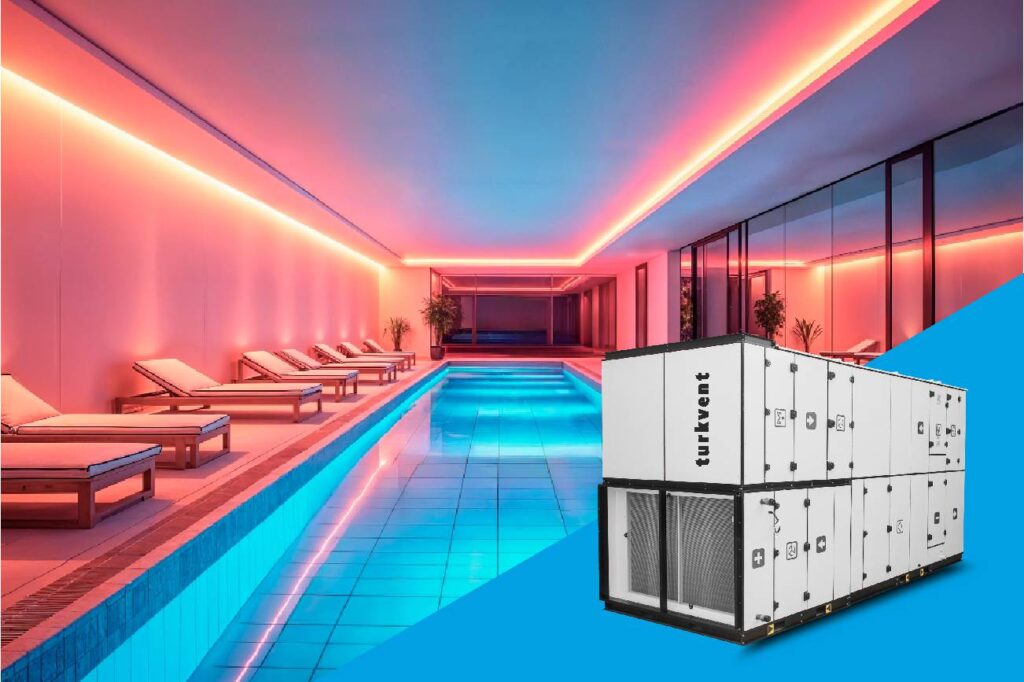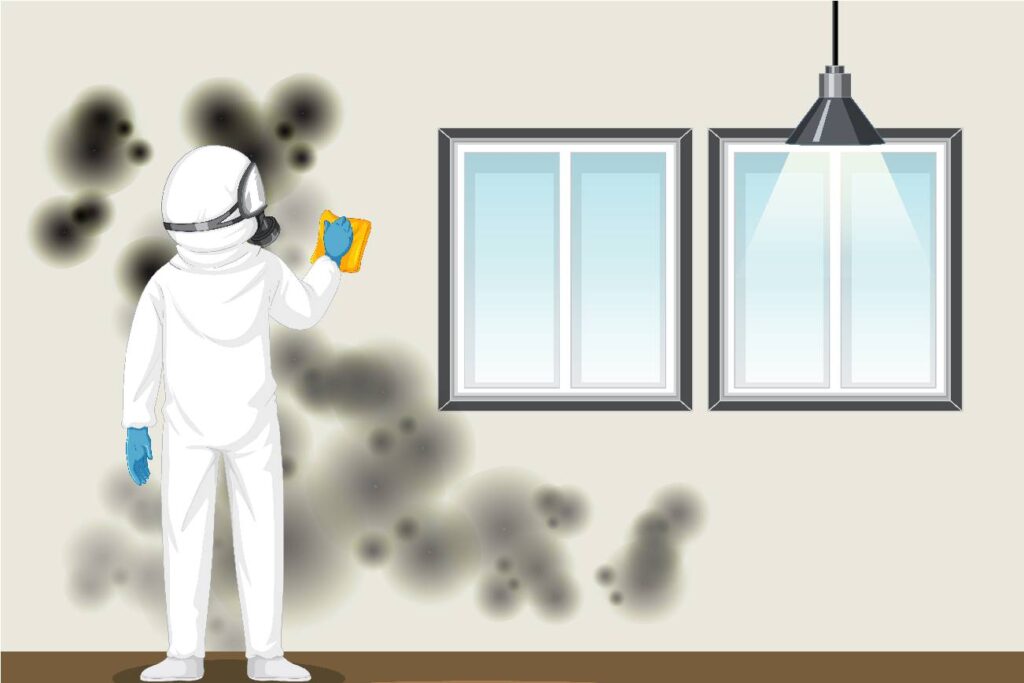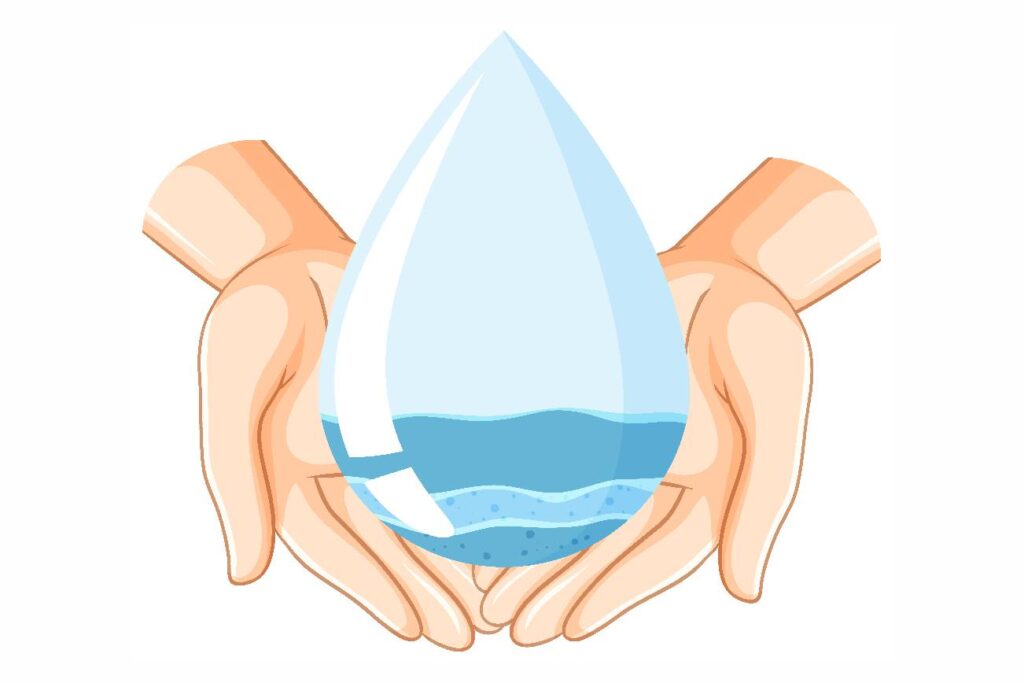Smart Control and Artificial Intelligence Applications in Dehumidification Units
HVAC and humidity control systems are rapidly becoming digitalized. Dehumidification units now operate much more efficiently with smart control systems and AI-powered automation. These new technologies not only ensure energy savings but also maintain optimal indoor comfort levels. What Do Smart Control Systems Offer? Next-generation control systems continuously monitor humidity and temperature levels in real […]
Smart Control and Artificial Intelligence Applications in Dehumidification Units Read More »









